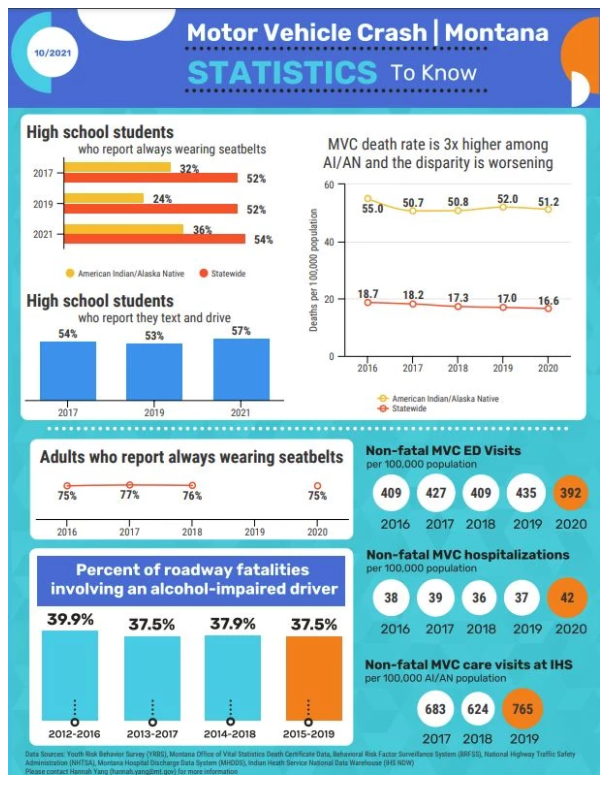We are happy to share this partner post by Drive Safe Missoula.
We live in a world where we can and do collect data on just about every aspect of our lives and when it comes to Motor Vehicle Crashes here in Montana, it’s vitally important to follow the data. Check out their full post here.
